Home>Garden Essentials>How To Make A Vertical Garden
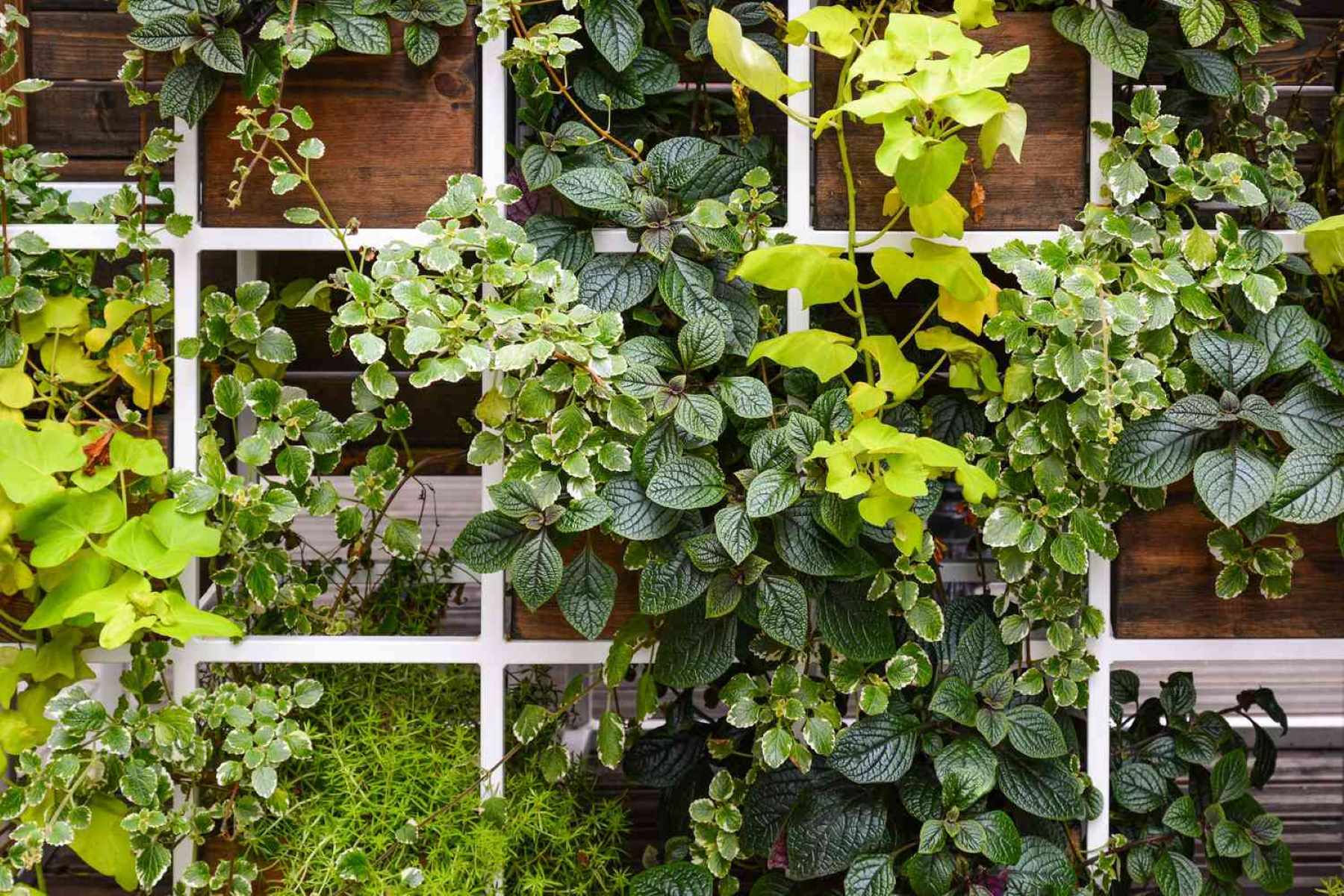

Garden Essentials
How To Make A Vertical Garden
Modified: March 15, 2024
Learn how to make a stunning vertical garden using our step-by-step guide. Transform your space with this unique garden project and enjoy the beauty of nature.
(Many of the links in this article redirect to a specific reviewed product. Your purchase of these products through affiliate links helps to generate commission for Storables.com, at no extra cost. Learn more)
Introduction
Welcome to the wonderful world of vertical gardening! If you are looking to maximize your garden space and create a stunning green oasis, then vertical gardening is the perfect option for you. This innovative technique allows you to grow plants vertically, utilizing walls, fences, and structures to create a beautiful vertical garden.
Vertical gardens have gained popularity in recent years due to their numerous benefits. Not only do they save space, but they also add a unique aesthetic appeal to any outdoor or indoor area. Regardless of whether you have a small balcony, a limited backyard, or even just a sunny wall inside your home, a vertical garden can transform your space into a lush and vibrant paradise.
Not only are vertical gardens visually stunning, but they also offer a range of practical benefits. First and foremost, they allow you to grow a larger variety of plants in a limited space. This is particularly beneficial for urban dwellers or those with small yards who want to make the most of their available area.
Vertical gardens also provide improved air quality by naturally filtering and purifying the surrounding air. They can also act as an effective sound barrier, reducing noise pollution and creating a peaceful and tranquil environment.
In addition, vertical gardening can help conserve water, as the plants grow in a more concentrated area, resulting in less water evaporation. Furthermore, the tight arrangement of plants in a vertical garden helps to suppress weeds, minimizing the need for herbicides and weed management.
Whether you are a seasoned gardener or a complete beginner, this article will guide you through the process of creating your own vertical garden. We will cover everything from choosing the right location to selecting the plants that thrive in a vertical setting. So, let’s dive in and explore the wonderful world of vertical gardening!
Key Takeaways:
- Vertical gardens maximize space, improve air quality, and offer a visually stunning way to grow plants. They’re easy to maintain and provide a continuous harvest of fresh produce, herbs, and flowers.
- Choosing the right location, plants, and structure is crucial for a successful vertical garden. Proper watering, maintenance, and troubleshooting ensure a thriving and beautiful green oasis.
Read more: How To Make Living Wall Vertical Garden
Benefits of Vertical Gardens
Vertical gardens offer a plethora of benefits that make them a popular choice among gardening enthusiasts. Let’s explore some of the advantages of incorporating a vertical garden into your outdoor or indoor space.
- Maximize Space: One of the primary benefits of vertical gardening is the ability to maximize space. By growing plants vertically, you can make use of walls, fences, and even unused vertical structures to create a thriving garden. This is especially valuable for those with limited garden space or urban dwellers with small balconies or courtyards.
- Aesthetic Appeal: Vertical gardens add a visually stunning and unique aesthetic to any space. Whether you opt for a vibrant display of colorful flowers, a herb wall in the kitchen, or a lush green backdrop, a vertical garden adds a touch of natural beauty that can transform even the smallest of areas into a visually appealing oasis.
- Air Purification: Just like traditional gardens, vertical gardens contribute to cleaner air by absorbing carbon dioxide and releasing oxygen. They act as natural air filters, helping to decrease air pollution and improve air quality in their surroundings. This is particularly beneficial in urban environments where clean air is often a challenge.
- No More Back Pain: Traditional gardening often requires bending over and kneeling down, which can lead to back strain and discomfort. With vertical gardening, the raised level of the garden makes it easier to tend to your plants without having to bend or kneel, reducing the strain on your back and joints.
- Increased Growing Space: By utilizing vertical structures, you can significantly increase your growing space. This means you can grow more plants and experiment with a greater variety of species. You can cultivate flowers, herbs, vegetables, or even create a stunning living wall of cascading vines or succulents. The possibilities are endless!
- Reduced Pest Problems: Vertical gardens are less prone to pest infestations compared to traditional gardens. The elevated position of the plants can deter pests such as ground-dwelling insects and small animals from damaging your crops. Additionally, the vertical arrangement makes it easier to spot and address any pest issues before they escalate.
- Easy Maintenance: Vertical gardens are generally easier to maintain compared to traditional gardens. They require less weeding as the densely packed plants in a vertical garden help to suppress weed growth. Watering is also more efficient, as the water is directed straight to the plants’ roots, reducing water wastage.
These are just a few of the many benefits of vertical gardens. They offer a creative and space-saving gardening solution, while also providing aesthetic, environmental, and health advantages. So, why not dive into the world of vertical gardening and enjoy all the perks it has to offer?
Choosing a Location for Your Vertical Garden
Selecting the right location for your vertical garden is crucial to its success. By choosing the appropriate spot, you can ensure that your plants receive the necessary sunlight, water, and growing conditions to thrive. Here are some key factors to consider when determining the location for your vertical garden:
- Sun Exposure: Most plants require a minimum of 6 hours of direct sunlight per day to grow and flourish. Therefore, it is essential to assess the amount of sunlight that the potential location receives. Observe the area throughout the day to determine if it gets enough sun. If your chosen spot is shaded for a significant portion of the day, you may need to select shade-loving plants instead.
- Access to Water: It is vital to choose a location that provides easy access to water. Vertical gardens require regular watering, especially during hot and dry periods. Consider the proximity to a water source or the availability of a watering system in the chosen area. If the location is not near a water source, ensure that you have a convenient way to provide water to your plants.
- Structural Support: Assess the strength and stability of the surface where you plan to install your vertical garden. Whether it’s a wall, fence, or free-standing structure, make sure it can support the weight of the garden and withstand the elements. Consider consulting a professional if you are unsure about the structural integrity of the chosen surface.
- Accessibility: Consider the accessibility of your vertical garden. You will need to tend to the plants regularly, including watering, pruning, and harvesting. Ensure that the location allows easy access for maintenance tasks. If it’s an indoor vertical garden, make sure there is adequate space to maneuver around the structure.
- Climate Considerations: Take into account the climatic conditions of your region when selecting the location for your vertical garden. Some plants thrive in specific climates, so understanding your local climate will help you choose plants that are well-suited to the conditions. Consider factors such as temperature, humidity, and wind exposure when assessing the location.
- Aesthetics: While practical considerations are essential, it’s also important to consider the aesthetics of your chosen location. Decide whether you want your vertical garden to be a focal point or a background feature. Consider how it will fit into the overall design and look of your outdoor or indoor space.
Keep in mind that every garden is unique, so it’s important to assess your specific circumstances when choosing a location for your vertical garden. In some cases, you may need to make adjustments or compromises based on the available space and environmental factors. By selecting the right location, you will set the foundation for a successful and thriving vertical garden.
Selecting the Right Plants for Your Vertical Garden
Choosing the right plants for your vertical garden is essential for their growth and success. Not all plants are well-suited to the vertical gardening environment, so it’s important to consider a few key factors when selecting the plants for your vertical garden:
- Growth Habit: Look for plants with a compact or trailing growth habit. Since vertical gardens have limited space, plants that naturally grow upright or have a trailing habit are ideal. Creeping plants, vining plants, and those with compact foliage can work well in vertical structures.
- Light Requirements: Consider the light conditions in your chosen vertical gardening location. Some plants require full sun, while others can tolerate shade. Choose plants that match the light conditions of your vertical garden. Read the plant descriptions or consult with a local nursery to ensure you select plants that will thrive in your specific environment.
- Watering Needs: Different plants have varying water requirements. Some plants prefer moist soil, while others are more drought-tolerant. Consider the availability of water and your ability to provide consistent watering for the plants. Choose plants that match your watering capabilities and the environmental conditions of your vertical garden.
- Climate Compatibility: Take into account your local climate when selecting plants. Some plants thrive in specific climates, while others may struggle. Consider the temperature range, humidity, and weather patterns in your area to choose plants that are well-suited to your climate.
- Size and Weight: Keep in mind the size and weight of the plants when selecting for your vertical garden. Choose plants that won’t overwhelm the structure or cause it to become unstable. Compact and lightweight plants are generally more suitable for vertical gardens.
- Maintenance Requirements: Consider the maintenance needs of the plants you choose. Some plants require regular pruning, deadheading, or other types of care. Make sure you are willing and able to provide the necessary maintenance for the selected plants.
- Compatibility: Consider how the selected plants will work together in your vertical garden. Choose plants with similar growth requirements and aesthetics to create a harmonious and visually appealing display. Avoid selecting plants that may compete for resources or have contrasting growth habits.
When selecting plants for your vertical garden, it’s also a good idea to mix and match different types of plants to create texture and interest. Experiment with a combination of flowers, herbs, vegetables, and even succulents to create a diverse and eye-catching vertical garden.
Lastly, consult with local nurseries or gardening experts who are knowledgeable about your climate and region. They can provide valuable insights and recommendations on the best plants for vertical gardening in your area.
By considering these factors and selecting plants that are well-suited for vertical gardening, you will create a thriving and visually stunning vertical garden that will be the envy of your neighborhood.
Building a Vertical Garden Structure
Now that you have selected the perfect location and chosen the right plants for your vertical garden, it’s time to build the structure to support your plants. The structure you create will serve as the backbone of your vertical garden, providing stability and support for your plants to grow and thrive. Here are some steps to help you build a solid vertical garden structure:
- Determine the Size and Shape: Assess the available space and the number of plants you want to include in your vertical garden. This will help you determine the size and shape of the structure. Vertical gardens can be built on walls, fences, or free-standing frames. Consider the weight and load-bearing capacity of the chosen surface or structure.
- Collect Materials: Depending on the design and size of your vertical garden, you will need materials such as wooden frames, metal mesh, plastic sheets, or hanging planters. Gather the necessary materials and tools needed for the construction process. Ensure that the materials are durable and weather resistant.
- Install Support Frame: Start by installing the support frame for your vertical garden. This can be done by attaching wooden planks or metal posts securely to the chosen surface or by constructing a free-standing frame. Ensure that the frame is level and properly anchored to prevent wobbling or collapse.
- Add Mesh or Planters: Once the support frame is in place, you can attach a mesh or hanging planters to hold the plants. Metal mesh provides a sturdy and versatile option, allowing you to weave and secure plants as they grow. Alternatively, hanging planters can be affixed to the frame at regular intervals to create individual pockets for each plant.
- Secure the Structure: Ensure that the structure is securely fastened to the wall, fence, or the ground. Use screws, bolts, or other appropriate fasteners to anchor the structure firmly. This will prevent any movement or instability and ensure the safety of your vertical garden.
- Plan for Watering and Drainage: Consider how you will water your vertical garden and ensure proper drainage. If using hanging planters, make sure they have drainage holes to prevent waterlogging. If using a mesh structure, install a drip irrigation system or plan for regular watering to reach all the plants.
- Place the Plants: Lastly, carefully place your selected plants into their designated spots. Take care to position them securely and ensure that their roots are properly covered with soil or growing medium. Gently water the plants after planting to help them settle into their new environment.
When building your vertical garden structure, you can get creative with the design. Consider adding decorative elements such as trellises or colorful accents to enhance the visual appeal of your vertical garden.
Remember to regularly inspect and maintain your vertical garden structure to ensure its longevity and stability. Check for any signs of wear, damage, or weaknesses in the support frame and make necessary repairs or adjustments as needed.
With a well-built structure in place, your vertical garden is now ready to flourish and bring joy to your outdoor or indoor space.
When making a vertical garden, be sure to choose plants that have similar light and water needs. This will make maintenance much easier and ensure the health of your garden.
Preparing the Soil and Planting Your Vertical Garden
Now that you have constructed your vertical garden structure, it’s time to prepare the soil and plant your chosen greenery. Proper soil preparation is crucial for providing the necessary nutrients, moisture, and stability for your plants to thrive in a vertical garden. Follow these steps to prepare the soil and plant your vertical garden:
- Select the Right Soil: Choose a high-quality, well-draining potting mix or soil for your vertical garden. Avoid using heavy garden soil, as it can become compacted and hinder the growth of your plants. Look for a mix specifically formulated for container gardening or opt for a soilless mix made from a combination of materials such as peat moss, perlite, and vermiculite.
- Prep the Soil: Before filling the planting pockets or containers, moisten the soil in a separate container. This will help the soil settle and ensure even water distribution once it is placed in the vertical garden. Avoid over-saturating the soil; it should be slightly damp but not waterlogged.
- Fill the Pockets or Containers: If you are using a mesh structure, carefully fill each pocket with the pre-moistened soil. Gently tamp down the soil, ensuring there are no air pockets. Leave a small space (about half an inch) between the top of the soil and the edge of the pocket to allow for watering. If you are using hanging planters, fill them with the soil, leaving enough room for the plants to be inserted.
- Plant the Greenery: Carefully remove your selected plants from their pots, taking care not to damage the roots or disturb the soil. Insert the plants into the prepared pockets or hanging planters, making sure they are firmly anchored. Position the plants according to their spacing requirements and the desired aesthetic of your vertical garden. Gently backfill the soil around the plant’s roots, ensuring they are covered and supported.
- Water Thoroughly: After planting, give your vertical garden a thorough watering. Ensure that all the plants receive adequate moisture. Watch for any excess water draining out to ensure proper drainage. Water your vertical garden regularly to maintain the moisture levels required by your chosen plants. Avoid overwatering or allowing the soil to completely dry out.
- Maintain Ideal Growing Conditions: Monitor the growth and health of your plants in the vertical garden. Regularly check for signs of pests, diseases, or nutrient deficiencies. Apply appropriate fertilizers or organic amendments as needed to promote healthy growth. Prune or trim the plants, if necessary, to maintain their shape and prevent overcrowding.
While planting your vertical garden, it’s important to consider the specific needs of each plant. Some plants may require more space or have specific light and water requirements. Be mindful of the plants’ growth habits and adjust their placement accordingly to ensure optimal growth.
Additionally, consider the weight of the soil and plants when planting a vertical garden on a wall or fence. Make sure the structure can support the added weight without compromising its stability.
By properly preparing the soil and planting your vertical garden with care, you are setting the stage for the plants to flourish and create a stunning living display. Enjoy the process of watching your vertical garden grow and evolve into a lush and vibrant oasis.
Watering and Maintaining Your Vertical Garden
Proper watering and maintenance are crucial for the health and vitality of your vertical garden. As plants grow vertically, their water and nutrient needs may differ from that of traditional gardens. Follow these tips to ensure your vertical garden thrives:
- Monitor Moisture Levels: Regularly check the moisture levels of the soil in your vertical garden. Stick your finger about an inch into the soil to assess if it is damp or dry. Adjust your watering schedule accordingly, as different plants have varying water requirements.
- Watering Techniques: When watering your vertical garden, aim to saturate the soil thoroughly. Water until you see water draining out of the pockets or containers. This ensures the moisture reaches the plant’s roots. Avoid overwatering, as it can lead to root rot and other issues. It’s better to water deeply and less frequently than to water lightly and more often.
- Consider Drip Irrigation: Installing a drip irrigation system can simplify the task of watering your vertical garden. Drip systems deliver water directly to the plant’s root zone, reducing water wastage and ensuring efficient hydration. Consult a professional or research DIY options to find the best drip irrigation system for your vertical garden.
- Pruning and Trimming: Regular pruning and trimming are essential for maintaining the shape and appearance of your vertical garden. Remove any dead or dying foliage to promote healthy plant growth. Pinch back overgrown plants to prevent them from overwhelming the structure or shading neighboring plants.
- Weed Control: Keep an eye out for weeds that might sprout in your vertical garden. Due to the closely planted nature of vertical gardens, weeds can quickly spread and compete with your desired plants for nutrients and moisture. Regularly inspect and manually remove any weeds to keep your vertical garden weed-free.
- Fertilization: Supplementing your vertical garden with organic fertilizers or slow-release fertilizers can provide essential nutrients for plant growth. Follow the instructions on the fertilizer packaging and apply it according to the specific needs of your plants. Avoid over-application, as it can lead to nutrient burn or imbalance.
- Pest and Disease Management: Keep an eye out for any pests or diseases that may affect your vertical garden. Inspect your plants regularly for signs of infestation or infection, such as discoloration, wilting, or curling leaves. Use organic pest control methods, such as insecticidal soaps or neem oil, to address pest issues. If a disease is detected, promptly remove and dispose of infected plants or treat them with appropriate remedies.
- Regular Inspections: Regularly inspect your vertical garden for any signs of damage or instability. Check the structure, fastenings, and support connections to ensure they are secure. Make any necessary repairs or adjustments to maintain the stability and safety of your vertical garden.
Remember, different plants may have specific maintenance needs, so it’s important to educate yourself about the requirements of each plant in your vertical garden. Read plant labels, do research, and consult with experts if needed to provide the best care for your plants.
By following these watering and maintenance tips, you can ensure the long-term health and sustainability of your vertical garden. Regular care and attention will reward you with a lush and thriving green oasis that will be the envy of all.
Troubleshooting Common Vertical Garden Issues
While vertical gardens can be a stunning addition to any space, they may encounter some common issues. By being aware of these challenges and knowing how to troubleshoot them, you can effectively address and overcome any problems that may arise. Here are some common issues you may face with your vertical garden:
- Poor Drainage: If your vertical garden is not draining properly, it can lead to waterlogging and root rot. Ensure that the pockets or containers have adequate drainage holes. If necessary, adjust the soil or growing medium to improve drainage. Consider using a lighter, well-draining mix to prevent water accumulation.
- Plant Wilting or Dry Soil: If you notice your plants wilting or the soil drying out quickly, it may indicate insufficient watering. Increase the frequency and volume of watering, especially during hot and dry periods. Consider installing a drip irrigation system to ensure consistent moisture levels for your plants.
- Overcrowding: Over time, plants in a vertical garden may become overcrowded, leading to poor air circulation and competition for resources. Regularly monitor the growth of your plants and prune or trim as needed to maintain adequate spacing and prevent overcrowding. Remove any plants that have outgrown their designated space.
- Disease and Pest Infestations: Vertical gardens can be susceptible to diseases and pest infestations. Inspect your plants regularly for signs of diseases, such as leaf spots or fungal growth, and promptly address any issues. Implement organic pest control methods, such as neem oil or insecticidal soap, to manage common pests like aphids or mites.
- Structural Instability: Over time, the structural integrity of the vertical garden may weaken, especially if it is exposed to harsh weather conditions. Regularly inspect the support frame and connections to ensure there are no signs of instability. Reinforce or repair any weak areas to maintain the stability and safety of your vertical garden.
- Nutrient Deficiencies: Plants in a confined vertical garden may deplete nutrients from the soil more rapidly. To prevent nutrient deficiencies, regularly fertilize your plants with organic products or slow-release fertilizers. Pay attention to any signs of nutrient deficiencies, such as yellowing leaves or stunted growth, and adjust your fertilization routine accordingly.
- Plant Selection: If certain plants are not thriving in your vertical garden, it may be due to poor plant selection. Ensure that the plants you choose are compatible with the available light, temperature, and soil conditions. Adjust the plant selection if necessary to ensure optimal growth and health.
Remember, troubleshooting vertical garden issues requires observation, regular maintenance, and timely intervention. By addressing challenges promptly and effectively, you can maintain a thriving and beautiful vertical garden that brings joy and visual appeal to your space.
If you encounter any persistent issues or are unsure how to resolve a specific problem, don’t hesitate to reach out to local gardening experts or professionals who can provide guidance tailored to your specific situation.
Harvesting and Enjoying the Fruits of Your Vertical Garden
After all the hard work and care you have put into your vertical garden, it’s finally time to reap the rewards and enjoy the bountiful harvest that it offers. Harvesting from a vertical garden can be a fun and satisfying experience. Here are some tips to help you make the most of your vertical garden’s harvest:
- Timing: Harvest your crops at the optimal time to ensure the best flavor and texture. Each plant has its own harvest timeline, so familiarize yourself with the specific requirements for each crop. Look for visual cues such as color and size to determine when fruits or vegetables are ready to be harvested.
- Proper Technique: Use appropriate harvesting techniques to avoid damaging the plants. For leafy greens, herbs, and edible flowers, simply snip the mature leaves or flowers with clean gardening scissors or shears, leaving the rest of the plant intact for continued growth. For fruits and vegetables, gently twist or cut them off the plant using a sharp knife or pruners.
- Enjoy Fresh Produce: Harvesting from your vertical garden allows you to savor the flavors of freshly picked produce. Whether it’s crisp lettuce leaves, ripe tomatoes, or fragrant herbs, enjoy the freshness and taste that your vertical garden provides. Incorporate the harvested produce into your meals, salads, smoothies, or preserve them for later use.
- Continuous Harvesting: Vertical gardens offer the advantage of continuous harvesting. As you harvest mature plants, new growth will continue to emerge. Regularly check your plants for new leaves, flowers, or fruits that are ready to be harvested. This way, you can enjoy a continuous supply of fresh produce throughout the growing season.
- Share the Bounty: If your vertical garden yields more produce than you can consume, consider sharing the bounty with friends, family, or neighbors. Sharing your harvest not only spreads joy but also fosters a sense of community and promotes the benefits of vertical gardening to others.
- Preserve the Harvest: Extend the enjoyment of your vertical garden’s harvest by preserving some of the produce for later use. You can dry herbs, freeze excess fruits and vegetables, or make jams, sauces, pickles, or infused oils. Preserving your harvest allows you to enjoy the flavors of your vertical garden throughout the year.
- Reflect and Learn: Take a moment to reflect on your vertical gardening experience. Appreciate the satisfaction and sense of accomplishment that comes from growing your own food. Consider what worked well and what you might do differently next time. Learning from your experiences will help you improve and make your future harvests even more successful.
Remember to have fun and take pride in the results of your vertical garden. Enjoy the flavors, aromas, and colors of the freshly harvested produce that you have nurtured and cultivated. Let your vertical garden be a source of joy, delicious meals, and a connection to nature.
As you continue to harvest and enjoy the fruits of your vertical garden, don’t forget to share your experiences and inspire others to embark on their own vertical gardening journey.
Read more: How To Grow A Vertical Garden
Conclusion
Congratulations on journeying through the world of vertical gardening! By now, you should have a solid understanding of the benefits, considerations, and techniques involved in creating your own vertical garden. This innovative gardening method not only maximizes space but also adds beauty, freshness, and a touch of nature to any indoor or outdoor area.
Vertical gardens offer numerous advantages, including space optimization, improved air quality, reduced water usage, and efficient weed control. They allow you to grow a variety of plants in a limited space and provide a visually stunning display that enhances the aesthetic appeal of your surroundings. With the right plants, proper structure, and attentive care, your vertical garden will flourish and provide you with a continuous harvest of fresh produce, aromatic herbs, and beautiful flowers.
Remember to carefully select the location for your vertical garden, ensuring it receives adequate sunlight and is easily accessible for maintenance. Choose plants that are suitable for vertical growth and consider their specific light, water, and climate requirements. Construct a sturdy and stable structure that can support the weight of your garden and provide proper drainage.
Watering, maintenance, and troubleshooting are crucial aspects of vertical gardening. Monitor soil moisture levels, prune and trim your plants as needed, and address any signs of pests or diseases promptly. Regular inspections and care will ensure the long-term health and vibrancy of your vertical garden.
As you harvest the fruits of your labor, revel in the satisfaction of enjoying fresh and flavorful produce straight from your own garden. Share the abundance with others and savor the sense of community that vertical gardening can foster. Preserve your harvest to extend the enjoyment throughout the year and reflect on your achievements, learning from your experiences to improve future vertical gardening endeavors.
Now that you have the knowledge and skills to create and maintain a thriving vertical garden, it’s time to embark on your own green journey. Explore the possibilities, get creative with plant selections, and adapt the techniques to suit your unique space and needs. Embrace the joy, beauty, and sustainability that vertical gardening brings, and watch your living wall or hanging garden transform into a breathtaking oasis.
So, go ahead, get your hands dirty, and let your vertical garden take root, flourish, and become the centerpiece of your living space. Happy gardening!
Frequently Asked Questions about How To Make A Vertical Garden
Was this page helpful?
At Storables.com, we guarantee accurate and reliable information. Our content, validated by Expert Board Contributors, is crafted following stringent Editorial Policies. We're committed to providing you with well-researched, expert-backed insights for all your informational needs.
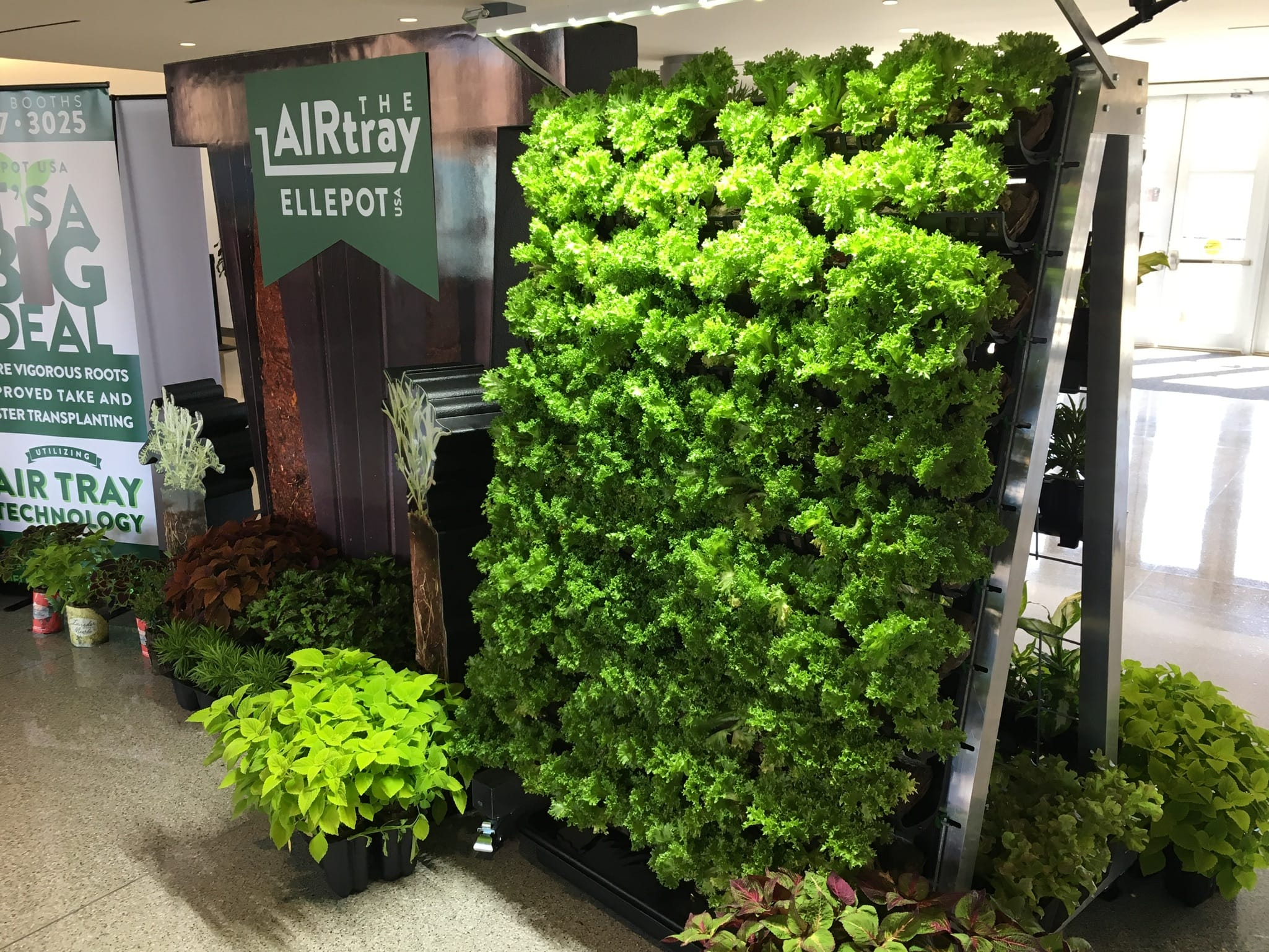
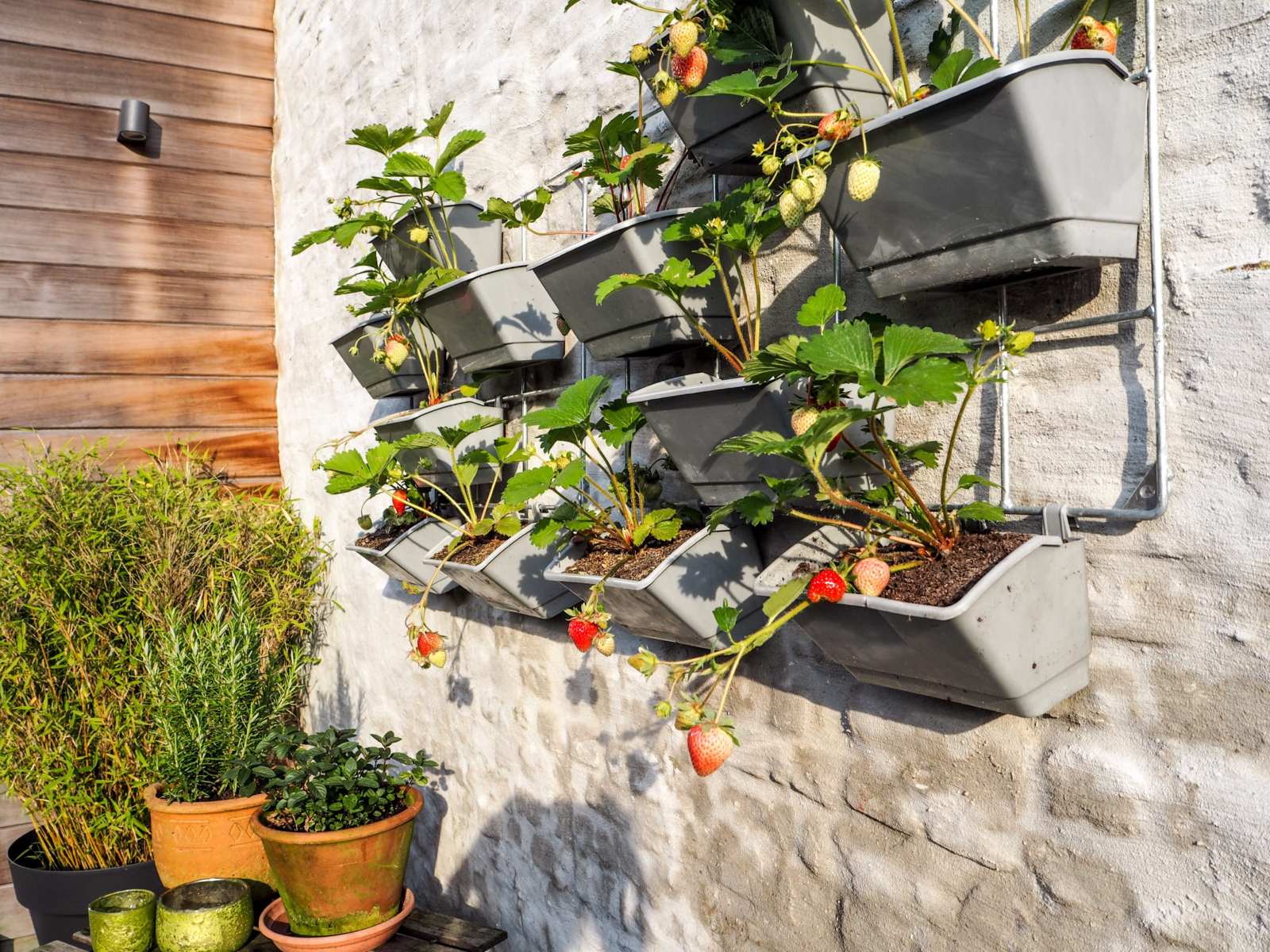
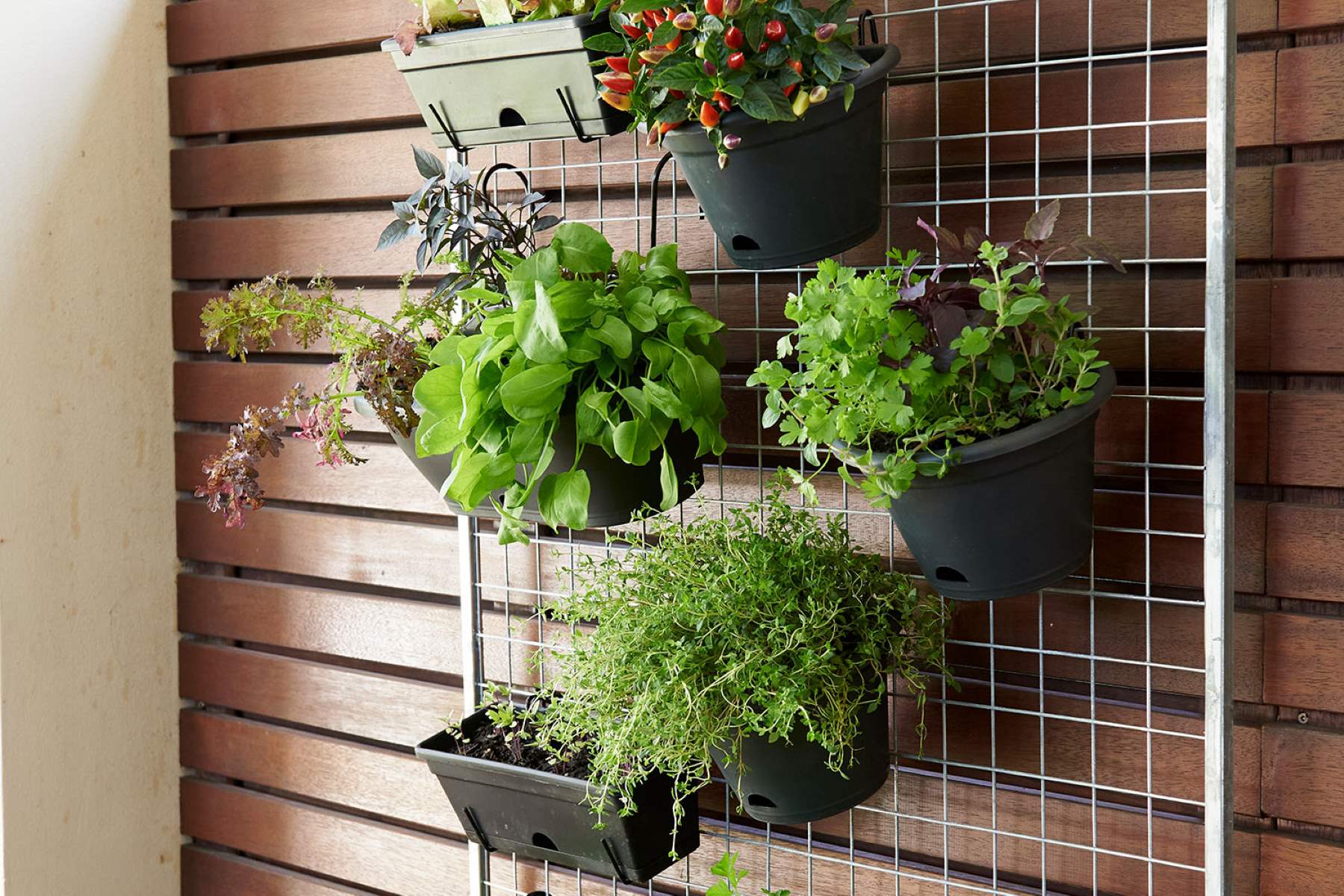

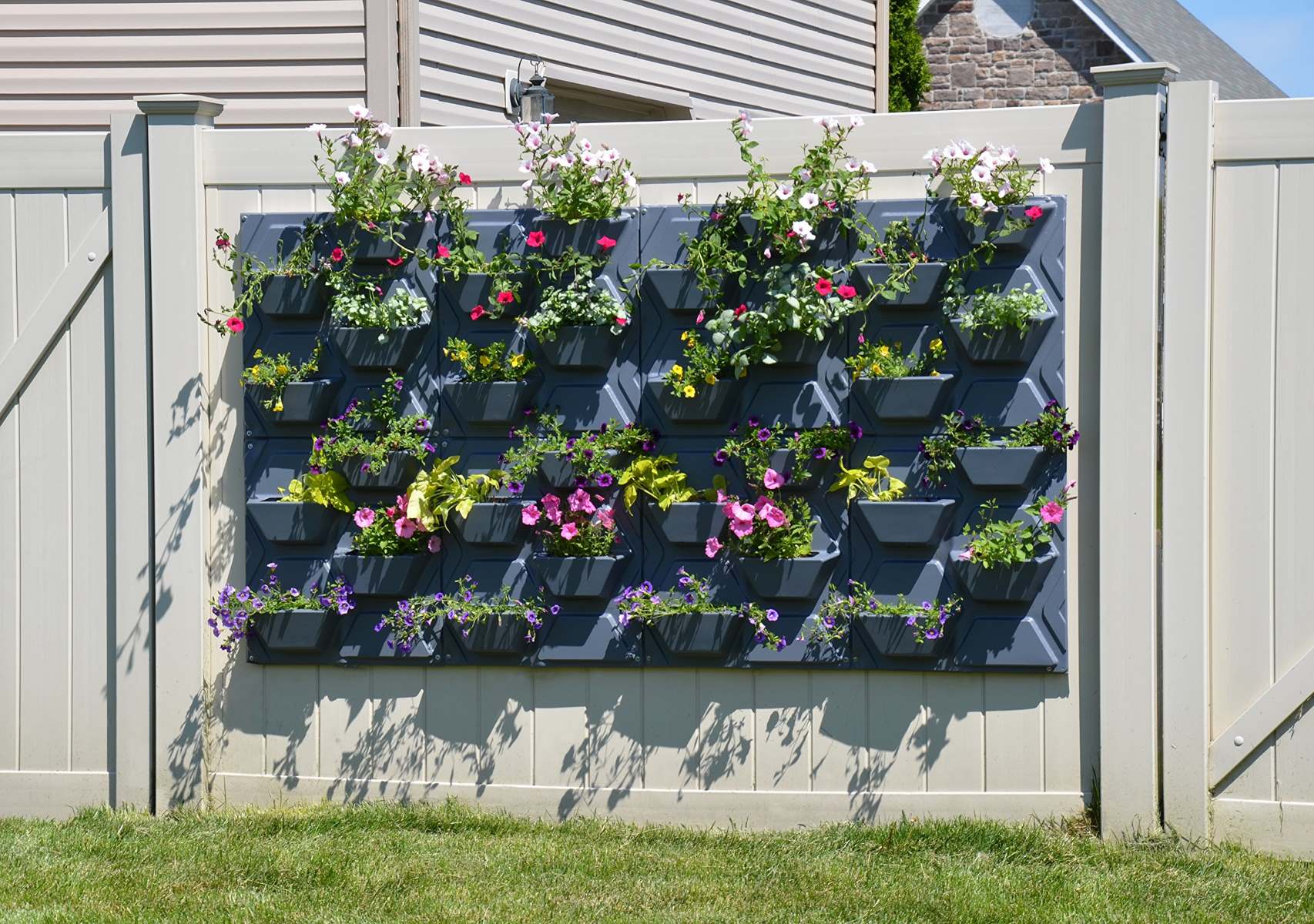
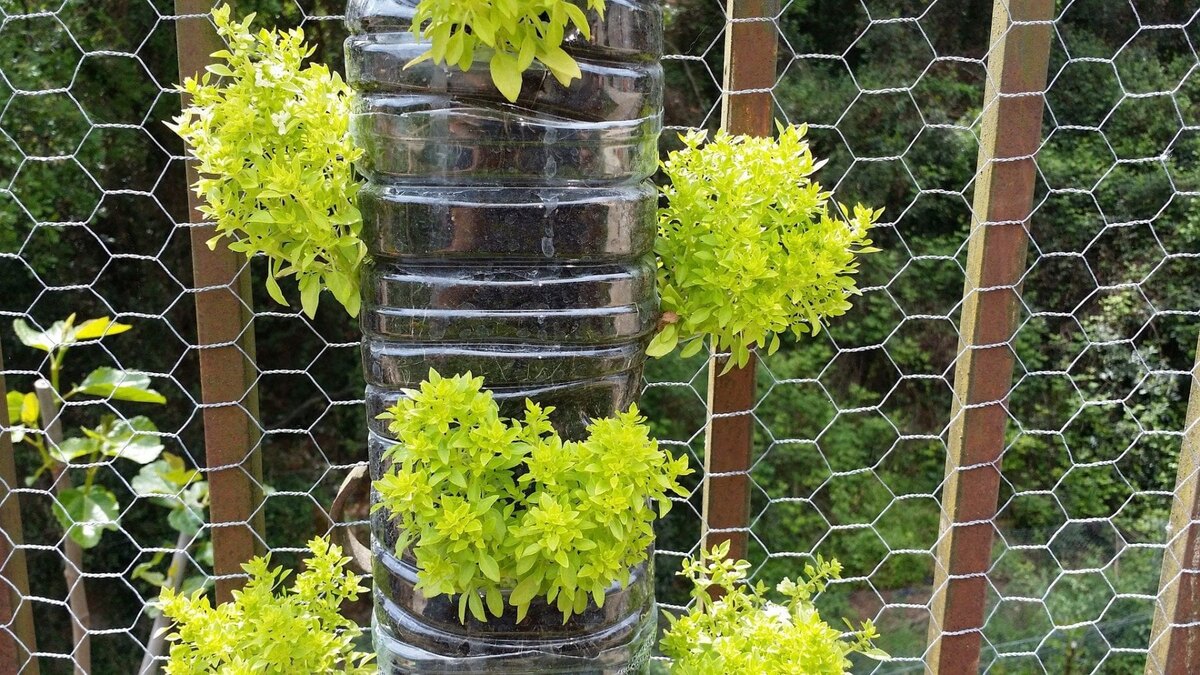

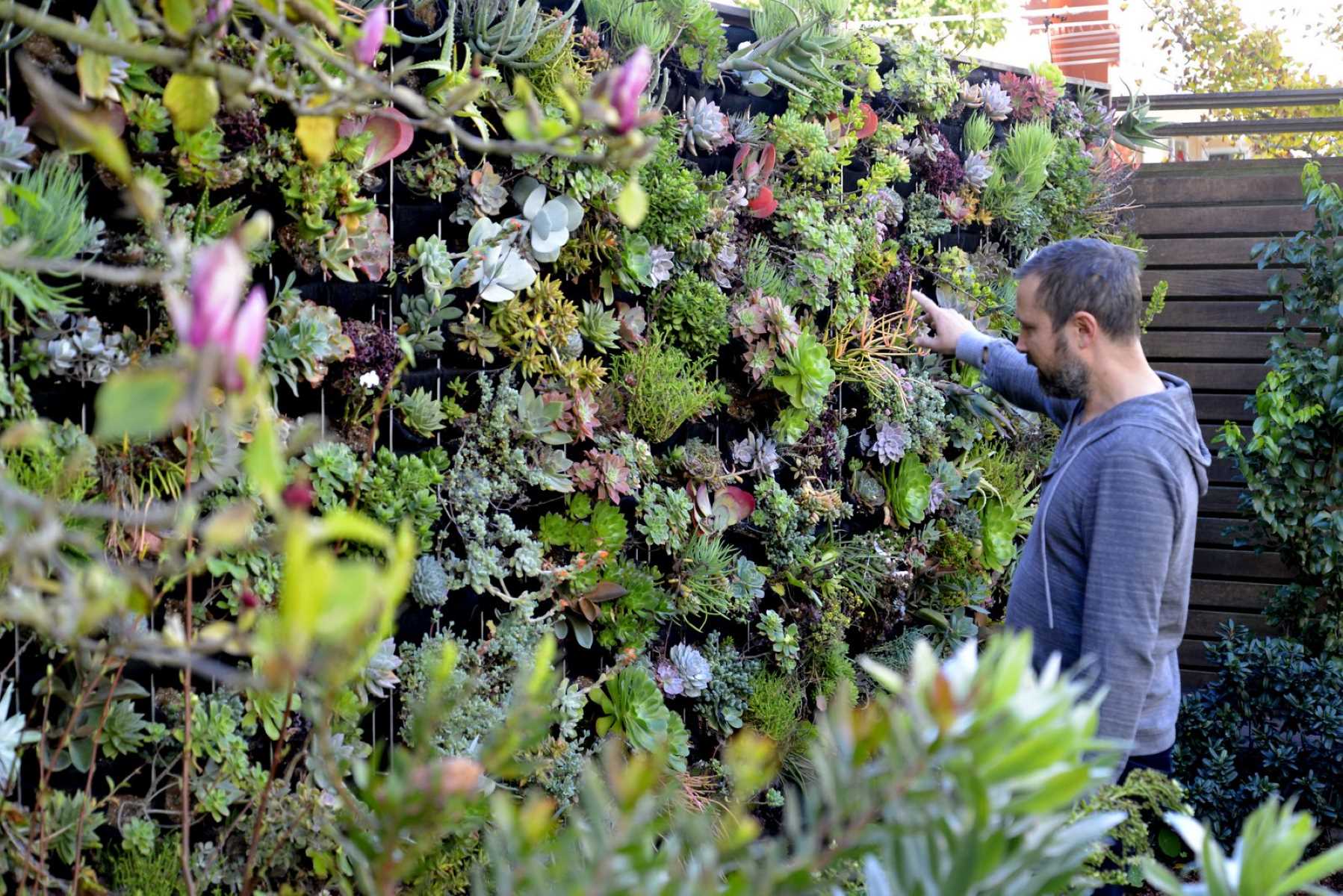

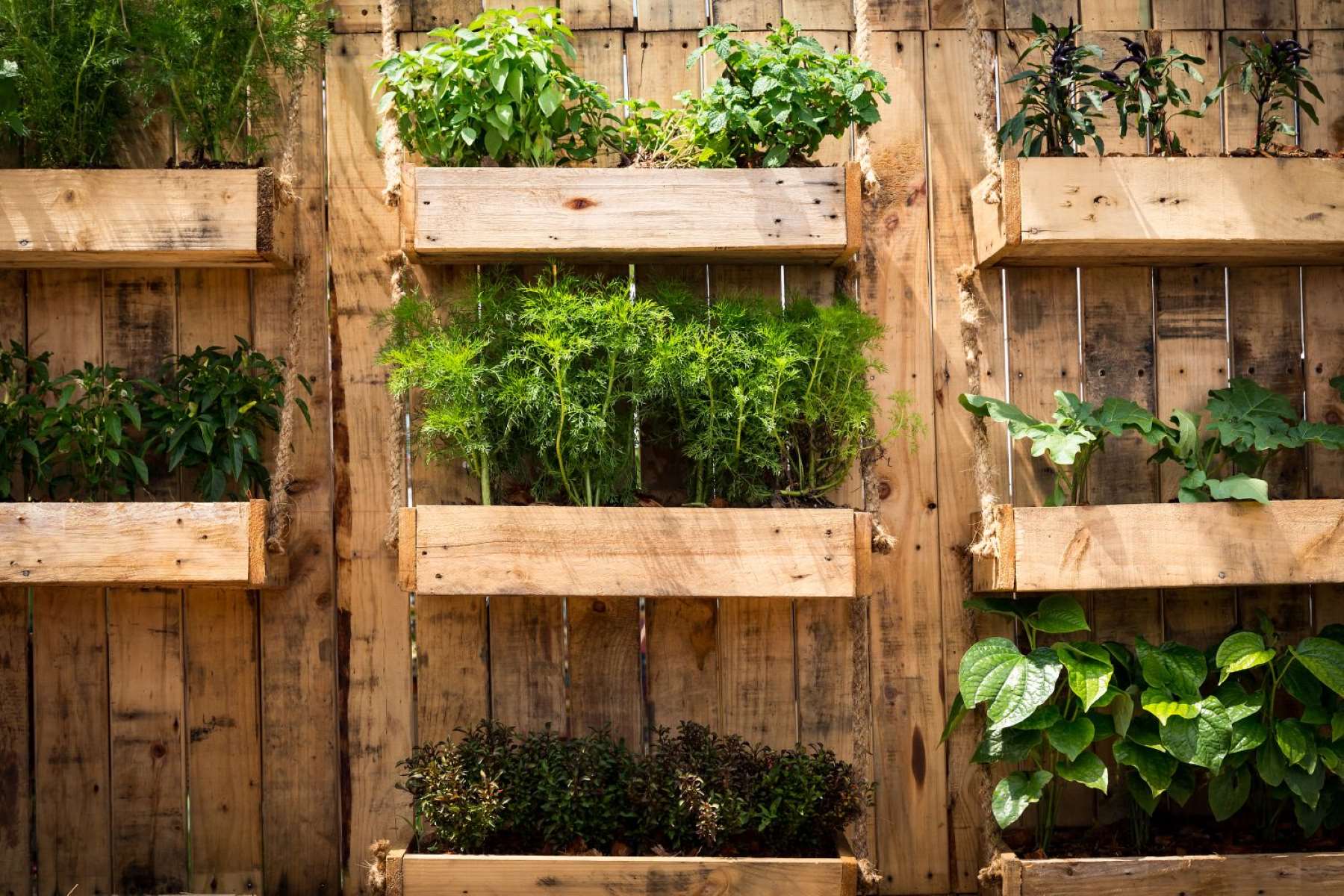
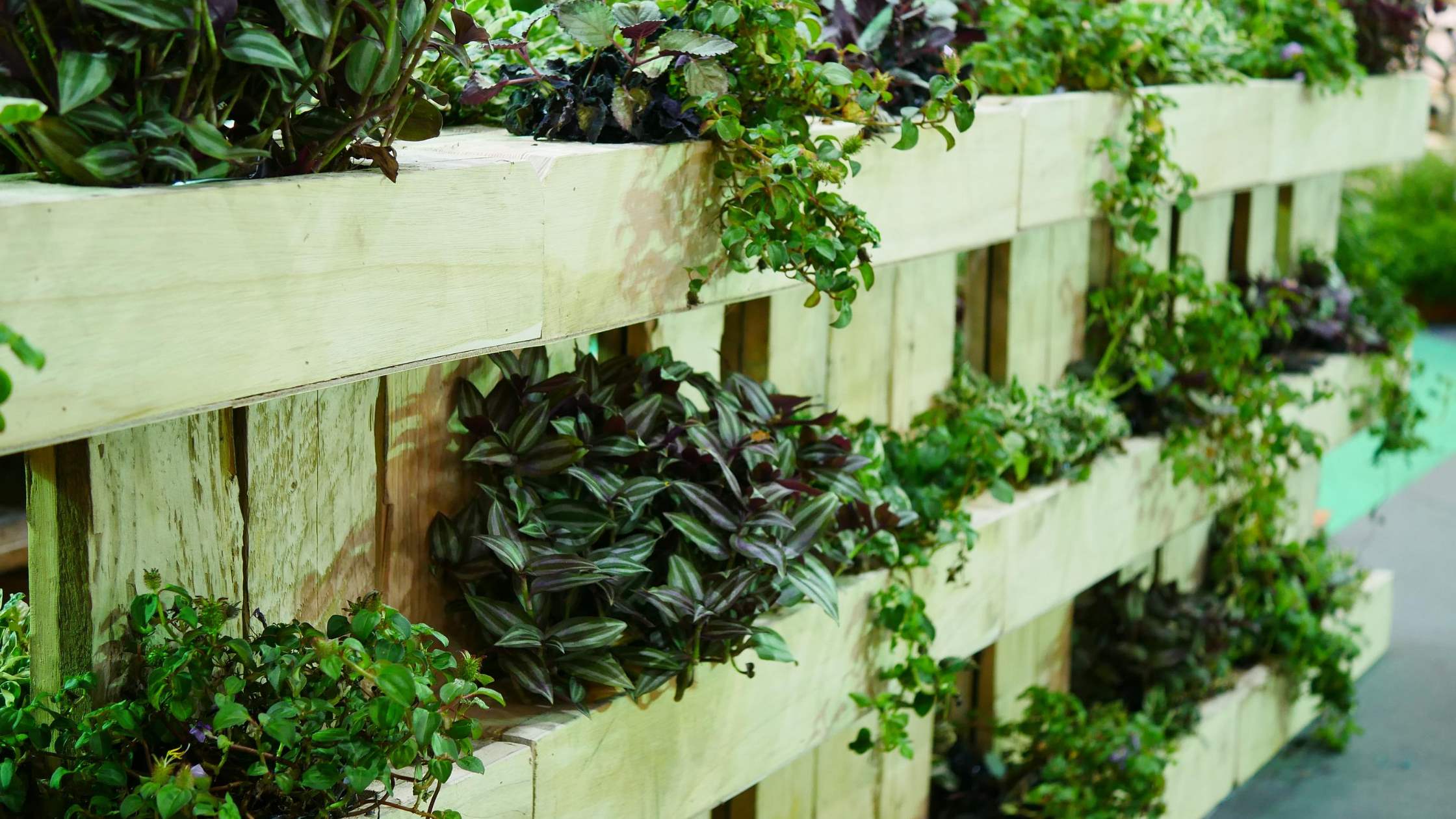
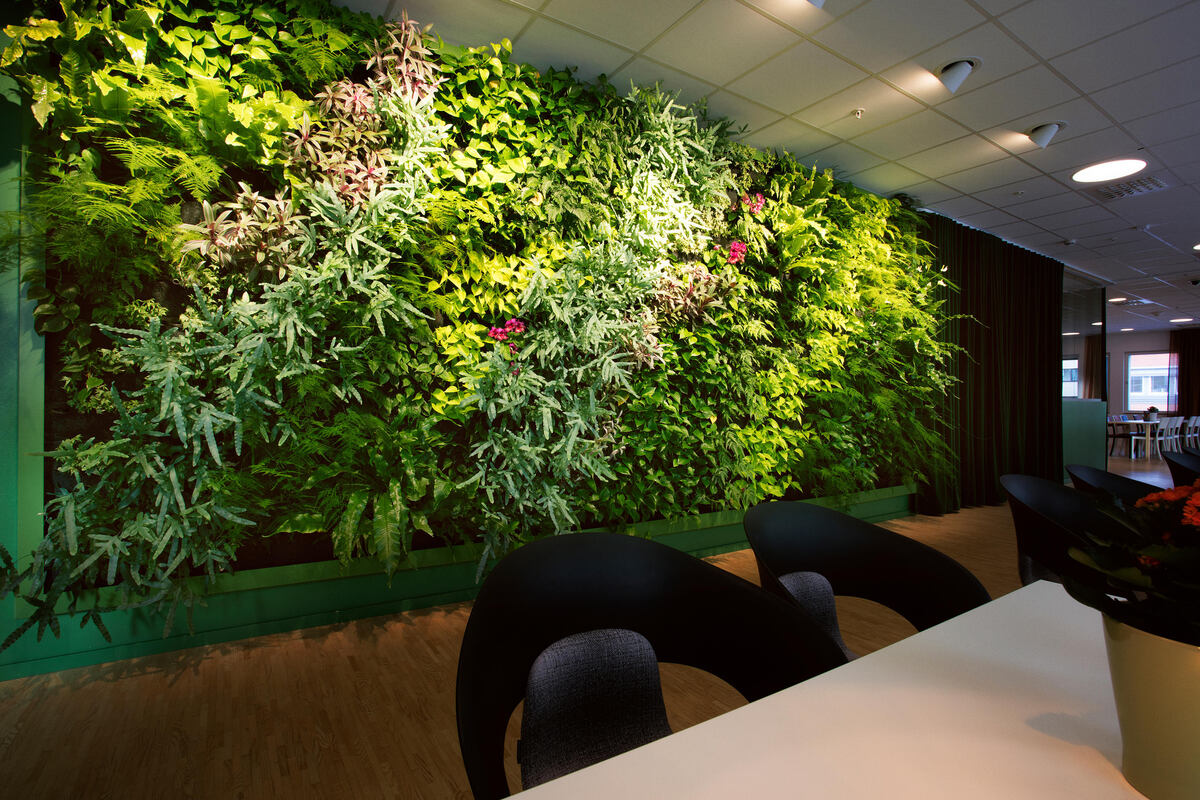
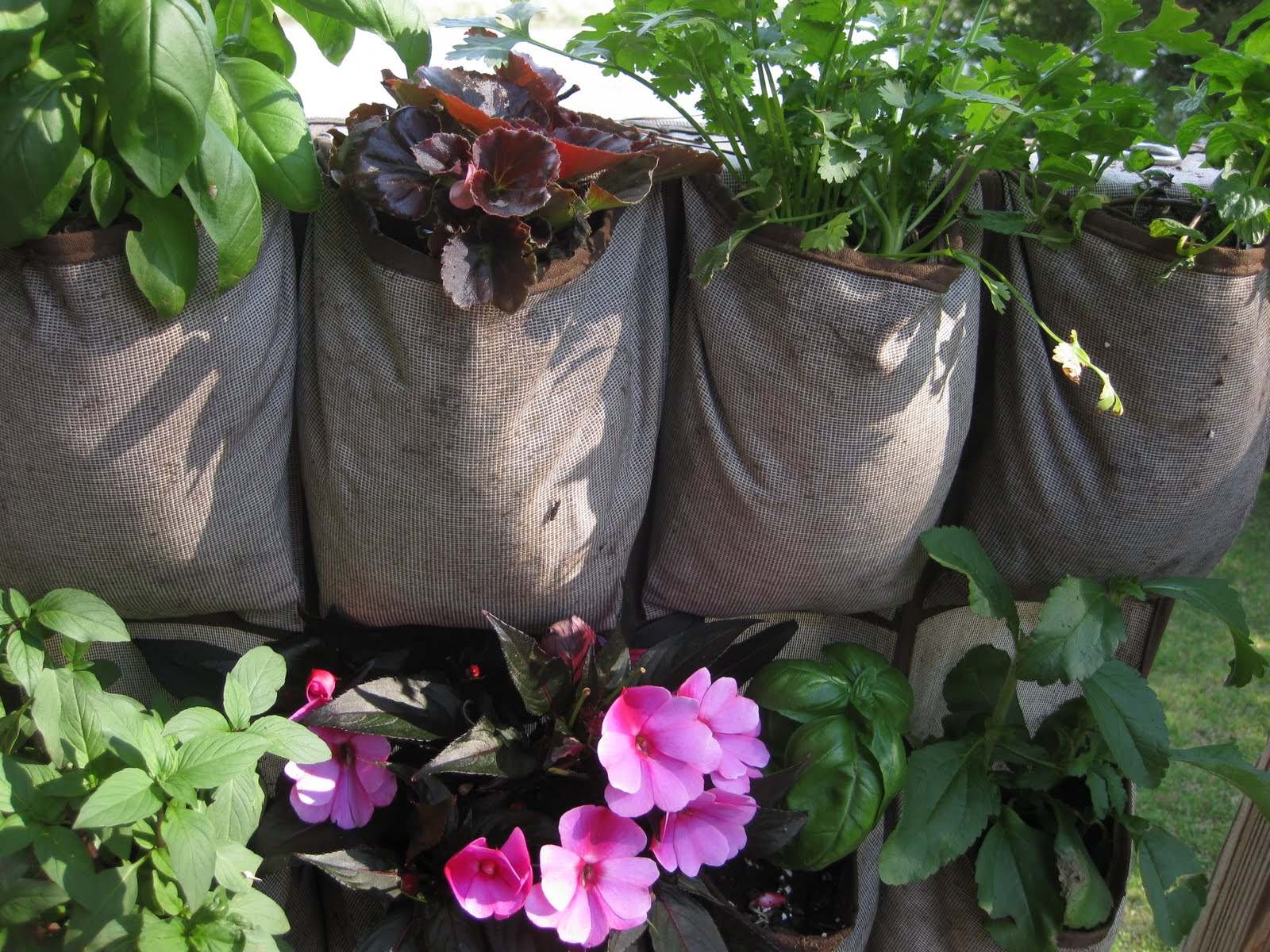

0 thoughts on “How To Make A Vertical Garden”